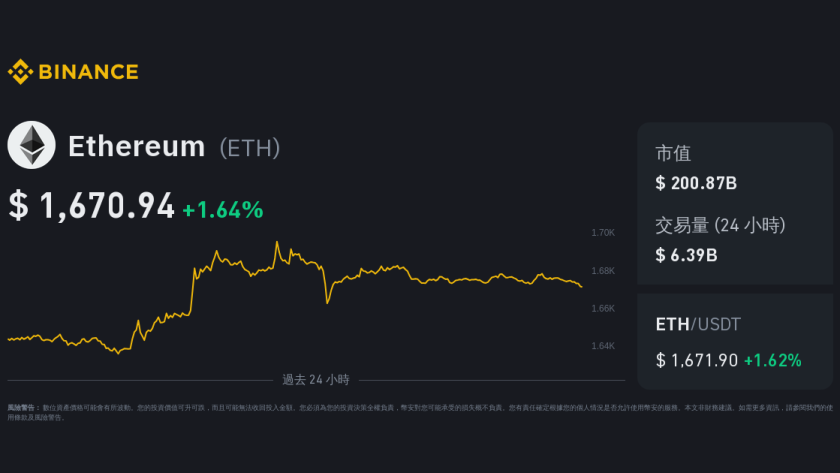In the realm of blockchain technology, 以太幣價格 has emerged as a true pioneer, revolutionizing the way we perceive not only cryptocurrencies, but also the very foundations of financial systems. Launched in 2015 by the prodigious programmer Vitalik Buterin, Ethereum was designed to be more than just a digital currency – it aimed to introduce a versatile platform for creating decentralized applications and smart contracts.
At the heart of Ethereum’s innovation lies its ability to execute smart contracts, self-executing code that runs on the blockchain. This breakthrough feature has enabled the creation of decentralized finance (DeFi) applications, effectively reshaping the traditional financial landscape. DeFi offers users a plethora of services including lending, borrowing, trading, and yield farming, all without the need for intermediaries like banks.
Ethereum’s journey, however, has not been without challenges. One of the most pressing issues it faces is scalability. As the popularity of Ethereum grew, so did concerns about its network congestion and high transaction fees. To tackle this, Ethereum has been undergoing a transition from a proof-of-work (PoW) to a proof-of-stake (PoS) consensus mechanism through Ethereum 2.0 upgrades. PoS is expected to enhance scalability and energy efficiency, thus addressing many of the current limitations.
Moreover, Ethereum’s influence extends beyond DeFi. Its blockchain technology has paved the way for the creation of non-fungible tokens (NFTs), which have sparked a digital art and collectibles revolution. Artists, musicians, and creators of various forms can now tokenize their work, asserting ownership and enabling direct monetization, all while leveraging the blockchain’s transparency.




